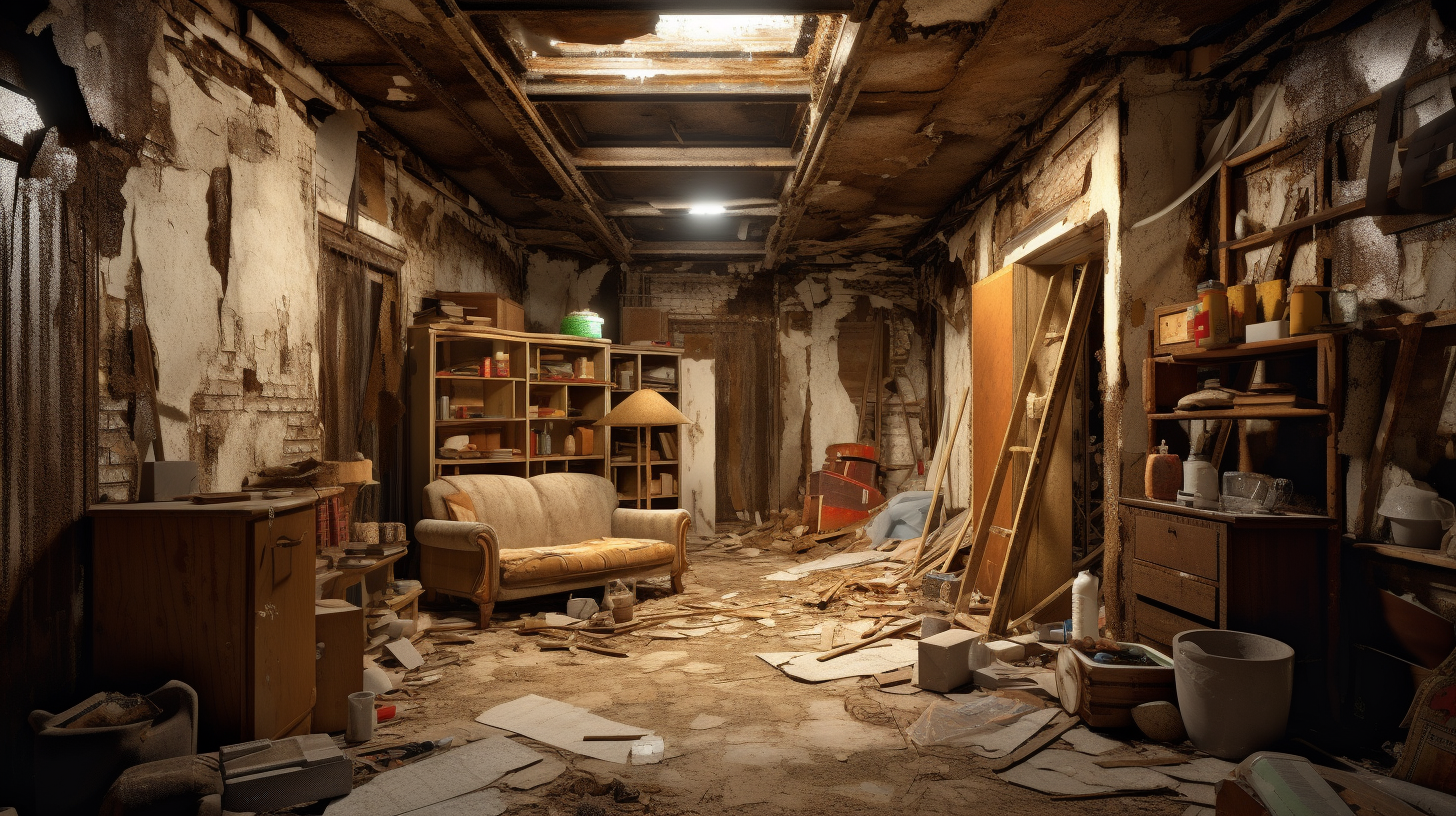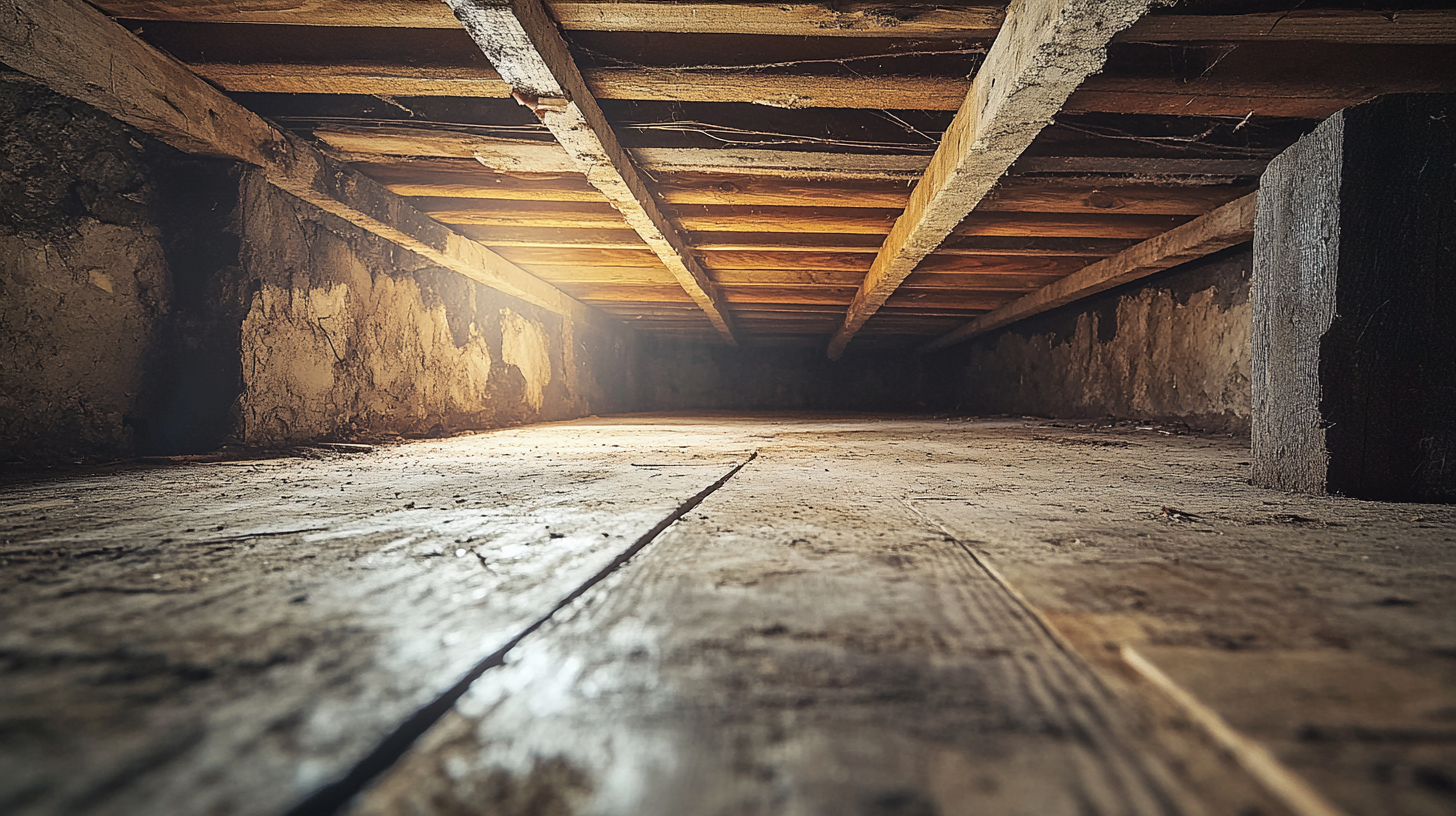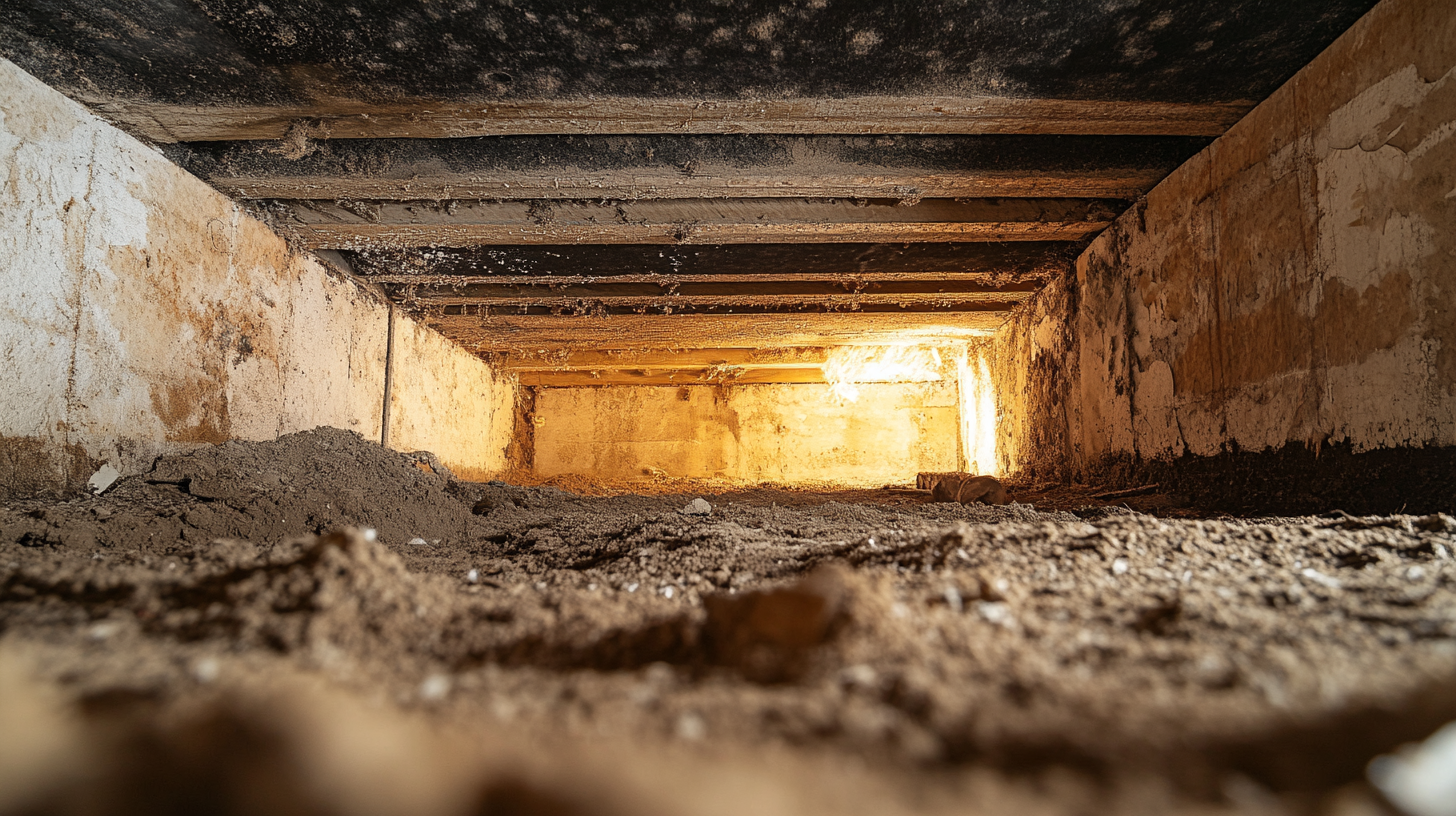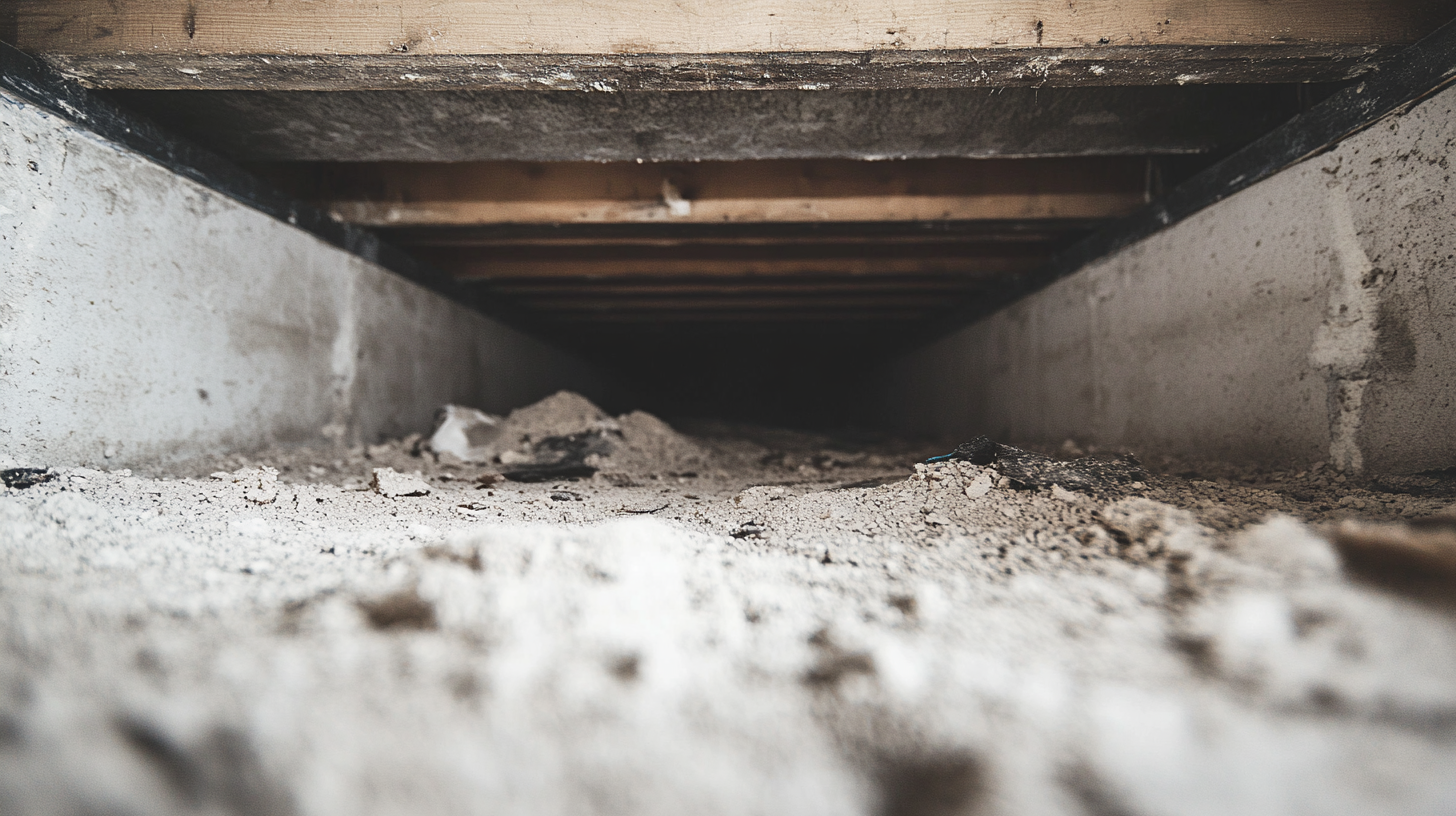Locally owned and operated.
Call Us Anytime: +1 843-304-6615
CLEANING & RESTORATION
24/7 Emergency Services:
Call us at 843-305-3383
Locally owned and operated.
Call Us Anytime: 843-305-3383
CLEANING & RESTORATION
24/7 Emergency Services:
Call us at 843-305-3383
How to Prioritize Repairs After Identifying Structural Damage

Structural damage, whether caused by natural wear and tear, environmental factors, or unforeseen incidents, poses a critical risk to the safety, functionality, and longevity of any building or infrastructure. Timely recognition and repair of such damage are essential not only for maintaining the structural integrity of the affected site but also for ensuring the safety of its occupants and the surrounding environment.
Ignoring or delaying repairs can exacerbate issues, leading to more extensive damage, higher repair costs, and potential hazards. Prompt action demonstrates a commitment to preserving the value of a property and reducing the risks of further deterioration or catastrophic failure. Addressing structural issues early also aligns with best practices in engineering and maintenance, prioritizing both preventative care and immediate intervention when needed.
By understanding the significance of timely responses to structural damage, property owners and managers can make informed decisions that protect their investments, promote safety, and contribute to sustainable building practices. In this blog, we will delve into the key reasons why addressing structural damage promptly is a necessity, exploring the risks of inaction and the benefits of proactive management.
Understanding the Scope of Structural Damage
What Constitutes Structural Damage?
Structural damage encompasses a range of issues that compromise the integrity and safety of a building. Common indicators of such damage include cracks in walls or foundations, which may signal underlying weaknesses, and sagging roofs or uneven floors that suggest shifting or failing support structures. Damage to load-bearing elements, such as beams and columns, is particularly critical as these components are essential to maintaining the building's stability. Recognizing these signs early can prevent further deterioration and reduce repair costs.
Assessing the Severity of Damage
Evaluating the extent of structural damage is essential for determining the appropriate course of action. Minor damage, such as hairline cracks or small cosmetic flaws, often poses no immediate threat but should still be monitored to avoid escalation. Moderate damage, including warped doors or windows, indicates underlying issues that require timely intervention to prevent progression. Severe damage, such as leaning walls or sinking foundations, presents immediate safety risks and demands urgent repair to avoid catastrophic failure. Accurate assessment is the first step toward effective remediation.
Identifying the Root Causes
Understanding what led to the structural damage is critical for implementing sustainable solutions. Poor construction practices or substandard materials often lay the groundwork for future issues. Environmental factors, such as soil erosion, flooding, or seismic activity, can accelerate wear and strain on the structure. Over time, even well-built structures are subject to natural wear and tear, necessitating regular maintenance and occasional repairs. Identifying these root causes helps in devising strategies to prevent recurrence and extend the building's lifespan.
Evaluating Repair Priorities
Safety First
The foremost priority when evaluating structural damage is ensuring the safety of occupants and visitors. Any damage that directly threatens the stability of the structure, such as compromised support beams or severe cracks in load-bearing walls, must be addressed immediately. Neglecting such critical repairs can lead to potential hazards, including partial or complete structural collapse. By focusing on safety first, property owners and managers can prevent accidents and provide a secure environment for everyone involved.
Prevent Further Deterioration
After addressing urgent safety concerns, the next priority is to halt any processes that could cause additional damage. Timely repairs can stop minor issues from escalating into major, costly problems. For instance, sealing foundation cracks can prevent water intrusion that might otherwise weaken the structure further. Similarly, fixing roof leaks promptly can protect the building’s interior and reduce the risk of extensive water damage. Preventative action not only saves money but also preserves the longevity and value of the property.
Legal and Insurance Requirements
In many cases, addressing structural damage is not only a matter of safety but also a legal obligation. Local building codes and safety regulations often mandate repairs to ensure that structures meet minimum safety standards. Additionally, insurance policies may require specific repairs to maintain coverage or process claims related to the damage. Understanding these requirements is essential to avoid legal complications and ensure that any claims are honored by insurers.
Crafting a Repair Plan
Engaging Professionals
Addressing structural damage effectively begins with engaging qualified professionals. Structural engineers and licensed contractors bring the expertise necessary to assess the extent of the damage accurately and determine the best course of action. Their evaluations can provide a clear prioritization of repairs, ensuring that safety-critical issues are addressed first. Moreover, professional insight helps property owners avoid unnecessary expenses by identifying the most efficient and durable solutions. Collaborating with trusted professionals ensures that the repair process is both thorough and compliant with industry standards.
Setting a Realistic Budget
Creating a realistic budget is a crucial step in the repair planning process. Allocating funds for high-priority repairs, particularly those that address immediate safety concerns, should take precedence. For extensive repairs that might exceed available funds, exploring financing options such as loans, grants, or insurance claims can help bridge the gap. A well-planned budget not only ensures that critical repairs are completed but also provides a financial framework for addressing future maintenance needs.
Planning for Temporary Measures
In situations where immediate permanent repairs are not feasible, temporary measures can be employed to stabilize the structure and prevent further damage. For instance, shoring up compromised walls can prevent collapse, while tarping a leaking roof can minimize interior water damage. These interim solutions buy valuable time, allowing property owners to plan and execute permanent repairs without compromising safety. Temporary measures are a practical way to mitigate risks and maintain functionality during the repair process.
Implementing the Repairs
Sequence of Repairs
A structured approach to repairs is essential for ensuring that all tasks are completed efficiently and effectively. The sequence of repairs should prioritize tasks based on urgency and dependency. For example, stabilizing the foundation is a logical first step, as it provides the support necessary for subsequent repairs, such as fixing load-bearing walls. Once structural integrity is restored, attention can shift to addressing less critical issues, such as cosmetic fixes. Following this logical progression helps avoid redundant efforts and ensures that each repair builds on a stable and secure foundation.
Monitoring Progress
Tracking the progress of repairs is crucial to maintaining momentum and ensuring timely completion. Setting clear milestones for each phase of the project allows property owners to evaluate progress against the initial plan. Regular communication with contractors is key to addressing any challenges that arise and ensuring adherence to agreed timelines. A proactive approach to monitoring can prevent delays and help resolve issues before they escalate, keeping the project on track and within budget.
Ensuring Quality and Compliance
Quality control is vital to the long-term success of any repair project. Inspections should be conducted after each phase of work to ensure that all tasks meet the required standards. This includes verifying that repairs comply with local building codes and safety regulations. Engaging independent inspectors or leveraging the expertise of the hired contractors can provide an additional layer of assurance. By focusing on quality and compliance, property owners can ensure that the repairs deliver durable and reliable results.
Maintaining Structural Integrity
Conducting Regular Inspections
Periodic evaluations are essential for preserving the structural integrity of any building. Regular inspections help catch early signs of damage, allowing property owners to address minor issues before they escalate into costly repairs. Homeowners should maintain a checklist to guide these evaluations, including items such as checking for cracks in walls or foundations, inspecting for leaks around windows or roofs, and listening for unusual noises that might indicate structural strain. A proactive approach to inspections can significantly extend the lifespan of a structure and ensure the safety of its occupants.
Preventive Measures
Preventive maintenance plays a key role in safeguarding a structure against avoidable damage. Routine activities, such as cleaning gutters to prevent water buildup or sealing windows to avoid drafts and moisture intrusion, can make a substantial difference. Additionally, making environmental adjustments like improving site drainage or strategically planting trees to protect against soil erosion can mitigate risks posed by natural elements. Investing time and effort in these measures not only enhances durability but also reduces the likelihood of unexpected repair costs.
Learning from Past Repairs
A detailed record of previous repairs serves as a valuable resource for maintaining structural integrity over time. Documenting what repairs were undertaken, the methods used, and their outcomes allows property owners to identify effective solutions and refine their approach for future maintenance. Reflecting on past repairs also highlights areas that may require ongoing attention, fostering a cycle of continuous improvement in structural care. By learning from experience, property owners can ensure that their building remains secure and resilient.
FAQs
-
What repairs should be done first?
Repairs that address immediate safety risks should always come first. This includes stabilizing compromised support beams, fixing severe cracks in load-bearing walls, and addressing any issues that could lead to structural collapse.
-
How do I assess repair urgency?
Evaluate the severity of the damage, focusing on safety threats and potential for further deterioration. Minor cosmetic issues can wait, while structural instability or leaks that could cause water damage demand immediate attention.
-
Can temporary fixes buy more time?
Yes, temporary solutions like shoring walls or tarping roof leaks can stabilize the structure while you plan for permanent repairs. However, these measures should only be used as short-term solutions.
-
Should cosmetic fixes be a priority?
Cosmetic fixes should generally be addressed after resolving safety and structural concerns. However, they may be included in the final stages of repair to restore the property’s appearance.
-
Do all repairs need professional help?
Most structural repairs, especially those involving load-bearing elements or foundations, require professional expertise. Attempting these repairs without proper knowledge can worsen the damage or pose safety risks. For minor issues, like sealing small cracks, DIY approaches might suffice if done carefully.
Contact Fast Response Cleaning & Restoration Today!
Fast Response Cleaning & Restoration will do everything we can to ensure your experience with us is excellent.
Request A FREE Estimate
Request A FREE Estimate Form
We will get back to you as soon as possible.
Please try again later.
CHECKOUT RECENT POST



Have an Emergency? We're Here to Help!
When it comes to disaster cleanup, we are a seasoned veteran in the industry and have helped hundreds of property owners just like you.
Our disaster recovery teams are available 24-7 to quickly clean up and repair disasters of all types.

We're looking forward to providing you with our outstanding services!
COMPANY INFO
ADDRESS: 307 Cold Creek Pass, Bluffton, SC, 29910, United States
EMAIL: office@fastresponsecr.com
PHONE: 843-305-3383
OFFICE: 843-304-6615
HOURS
SUNDAY: Open 24 Hours
MONDAY: Open 24 Hours
TUESDAY: Open 24 Hours
WEDNESDAY: Open 24 Hours
THURSDAY: Open 24 Hours
FRIDAY: Open 24 Hours
SATURDAY: Open 24 Hours
Copyright © 2021 Fast Response Cleaning & Restoration
Fast Response Cleaning and Restoration FL | Sitemap | Privacy Policy